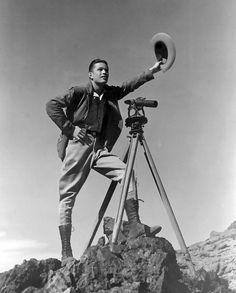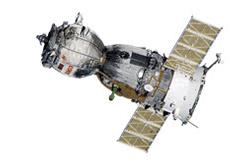for Sokkia and Topcon
Please see the attached SIB (Service Informational Bulletin) for the latest release of GNSS firmware and SRU/TRU for connecting to the all models of GNSS.
Models supported by this update:
Systems • Topcon NET-G5, HiPer HR, HiPer VR, MR-2, GR-5 1 , AGM-1, AGS-2 2 , GR-i33 • Sokkia GNR5, GRX3, GCX3 OEM • Topcon B111, B111A, B125, B210
To access all new features and improved functionality available in GNSS Firmware 5.5 the following Topcon software versions (or later) are recommended:
SRU/TRU v3.6.1 o MAGNET v7.3.1 • BLE Firmware v1.8 (HiPer VR, GRX3)
Features and Changes Signal tracking
General
o Improved initiation of signal tracking process for receiver configurations without backup battery
• BeiDou o BDS B1C signal support including tracking, raw measurement generation, raw data output, positioning, correction messages (GCX3)
o Extended BDS B1C & B2A correction message support (BINEX, RTCM3)
o New BDS-3 B2b signal support including tracking, raw measurement generation, raw data output, positioning, correction messages
o Add BDS support for PRNs 59 – 63 including tracking, measurement generation, raw data output, standalone positioning
• GALILEO o Output of GAL I/NAV and F/NAV signals
• GPS/QZSS o GPS L1C signal support including tracking, raw measurement generation, raw data output, positioning, correction messages (GCX3, B111, B111A)
• QZSS o QZSS L1C signal support including tracking, raw measurement generation, raw data output, positioning, correction messages (GCX3, B111, B111A)
o QZSS L1C/B signal support including tracking, measurement generation, raw data output, standalone positioning, correction messages
o Enable tracking of all QZSS PRNs by default o QZSS L6 signal tracking improvements o Improvements for handling unhealthy QZSS satellites
• GLONASS o GLONASS L3 signal support including tracking, measurement generation, raw data output, standalone positioning, correction messages (GR-5)
o Option added to control GLONASS L3 signal tracking (OAF)
• SBAS o Improved acquisition time for WAAS satellites
o Update to identify QZSS -SAIF satellites under SBAS type (previously GPS)
• General o Improved signal acquisition after receiver cold start o Extended Automatic Gain Control (AGC) implementation to support ‘in-field’ calibration4
o Autonomous GNSS signal tracking for better SNR & positioning performance in moderate levels of interference
• Positioning • Galileo only positioning mode (NET-G5, HiPer HR, HiPer VR, MR-2, GR-5, GNR5, GRX3, B125, B210)
• Improve RTK performance & stability after correction type change
• New mode that reduces probability of RTK position outliers which is beneficial when working with longer baselines (enabled automatically for baselines > 100 km)
• New feature for detecting and alerting users to base station movement
• StarPoint NTRIP correction services support (GCX3, B111 OEM, B111A OEM)
• New Baseline Seeding feature for Skybridge PPP that improves convergence and position quality
• Extended PPP configuration settings for improved performance
• DGNSS positioning improvements Data rates
• 100 Hz GPS + GLONASS dual frequency RTK positioning (B210)
• 20 Hz GPS + GLONASS + Galileo + BeiDou dual frequency RTK positioning
• Improved 100 Hz raw data logging to SD card when using CSD profiles (Net-G5 with def2 data set)
And much, much, more features and benefits (please read the attached)







 On April 6, 2019, the transmitted GPS week number in the navigation message will rollover from 1023 to 0. Leica Geosystems receivers will continue to increment the week number from 2047 to 2048 and will not roll back to 0 or 1024.
On April 6, 2019, the transmitted GPS week number in the navigation message will rollover from 1023 to 0. Leica Geosystems receivers will continue to increment the week number from 2047 to 2048 and will not roll back to 0 or 1024.